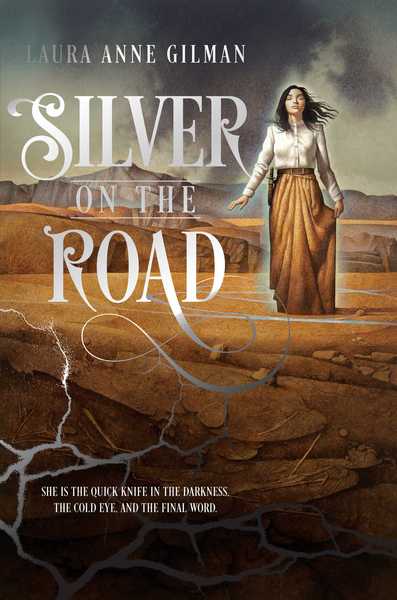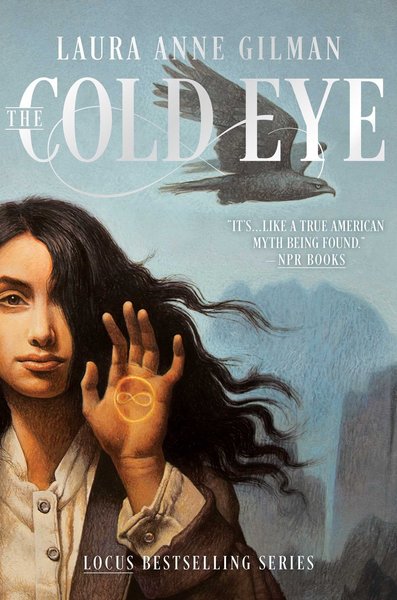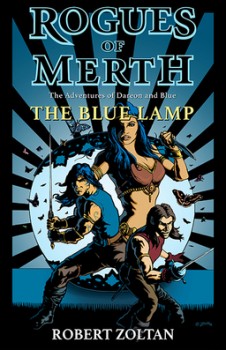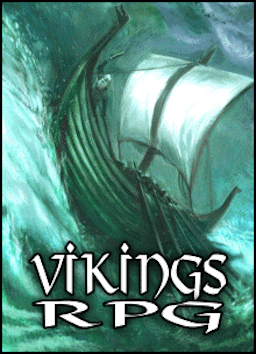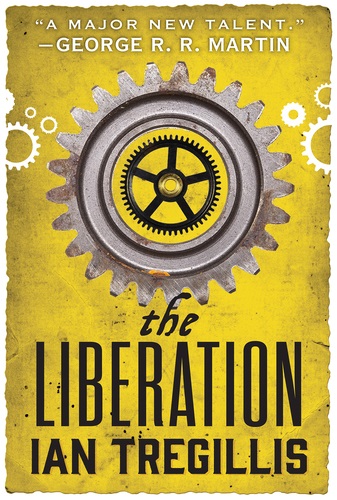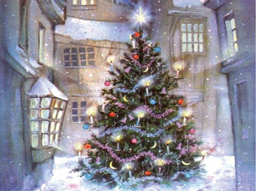 Wednesday, August 3, was the last day of the Fantasia International Film Festival. Three full weeks of genre films would wrap up here, and I was looking forward to the three last films of the year. The day would begin with the Chinese martial-arts film Judge Archer (Jianshi liu baiyuan). After that came the independent American movie If There’s a Hell Below, promising a paranoid thriller about whistleblowers and government surveillance. Finally came a movie I’d been eagerly anticipating since the start of the festival, the Polish science-fictional classic from 1977 On the Silver Globe (Na srebrnym globie), a space opera about colonization and war on an alien planet. All three were rewarding, and all three were pleasantly (and increasingly) elliptical.
Wednesday, August 3, was the last day of the Fantasia International Film Festival. Three full weeks of genre films would wrap up here, and I was looking forward to the three last films of the year. The day would begin with the Chinese martial-arts film Judge Archer (Jianshi liu baiyuan). After that came the independent American movie If There’s a Hell Below, promising a paranoid thriller about whistleblowers and government surveillance. Finally came a movie I’d been eagerly anticipating since the start of the festival, the Polish science-fictional classic from 1977 On the Silver Globe (Na srebrnym globie), a space opera about colonization and war on an alien planet. All three were rewarding, and all three were pleasantly (and increasingly) elliptical.
Judge Archer was written and directed by Xu Haofeng. Set in 1917 in a China divided among rival armies, it follows a man (Yang Song) who becomes a supremely skillful archer and uses those skills to judge disputes between martial arts schools. When one of those warlords kills the father of a beautiful woman (Yenny Martin), she asks the man — who has taken the cursed name Judge Archer from his master — to bring him to justice. But the warlord has a beautiful wife (Li Chengyuan), who is tempting the judge to abandon his beliefs. Betrayals and duels follow as the story finally, inevitably, works itself out in a semi-mystical duel.
Xu’s background is worth describing here. A long-time student of martial arts, he wrote a bestselling memoir of one of his masters in 2006, The Bygone Kung Fu World (Shiqu de wulin), then followed with another bestselling book in 2006, Dao Shi Xiao Shan (a title translated as alternately Monk Comes Down the Mountain or A Taoist Monk Plunging Into the Madding Crowd). His books have been characterised as less fantastical than most wuxia tales, with a fascination for cultural elements such as painting and calligraphy, as well as an abiding sense of the loss of a traditional kung fu culture. He directed his first movie, The Sword Identity (Wo kou de zong ji), in 2011. Judge Archer was completed in 2012, but not released until this year; in the interim Xu wrote the script for Wong Kar-wai’s The Grandmaster (Yi dai zong shi), then wrote and directed another film, The Final Master (Shi fu). His films tend to shun spectacular wire work in favour of more realistic and intense martial arts duels, often evoking a sense of the importance of kung fu traditions and the passing of those traditions in the modern world.
…
Read More Read More
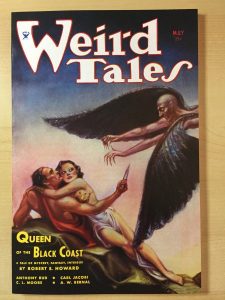 The Goodman Games site is one of my regular stopping points on the web. The company’s well known as an imagination factory that produces some of the most innovative and entertaining game supplements in print today. It’s also home of the popular Dungeon Crawl Classics role-playing game.
The Goodman Games site is one of my regular stopping points on the web. The company’s well known as an imagination factory that produces some of the most innovative and entertaining game supplements in print today. It’s also home of the popular Dungeon Crawl Classics role-playing game.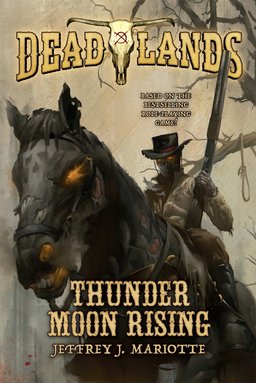
 Wednesday, August 3, was the last day of the Fantasia International Film Festival. Three full weeks of genre films would wrap up here, and I was looking forward to the three last films of the year. The day would begin with the Chinese martial-arts film Judge Archer (Jianshi liu baiyuan). After that came the independent American movie If There’s a Hell Below, promising a paranoid thriller about whistleblowers and government surveillance. Finally came a movie I’d been eagerly anticipating since the start of the festival, the Polish science-fictional classic from 1977 On the Silver Globe (Na srebrnym globie), a space opera about colonization and war on an alien planet. All three were rewarding, and all three were pleasantly (and increasingly) elliptical.
Wednesday, August 3, was the last day of the Fantasia International Film Festival. Three full weeks of genre films would wrap up here, and I was looking forward to the three last films of the year. The day would begin with the Chinese martial-arts film Judge Archer (Jianshi liu baiyuan). After that came the independent American movie If There’s a Hell Below, promising a paranoid thriller about whistleblowers and government surveillance. Finally came a movie I’d been eagerly anticipating since the start of the festival, the Polish science-fictional classic from 1977 On the Silver Globe (Na srebrnym globie), a space opera about colonization and war on an alien planet. All three were rewarding, and all three were pleasantly (and increasingly) elliptical.